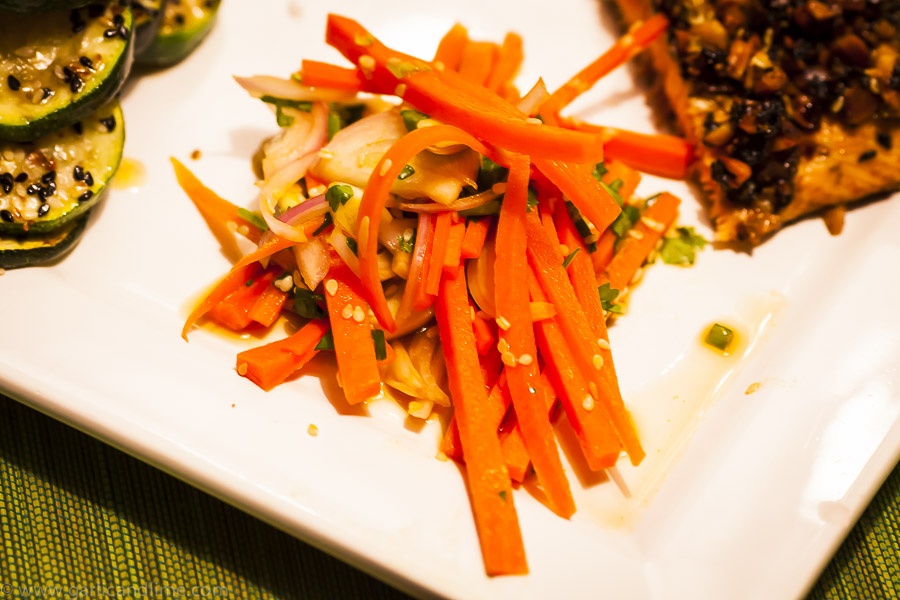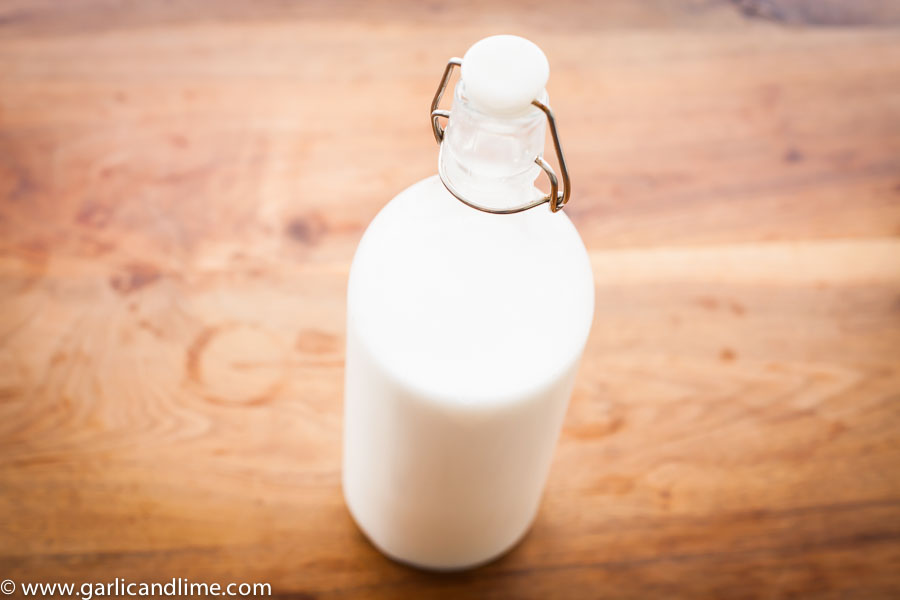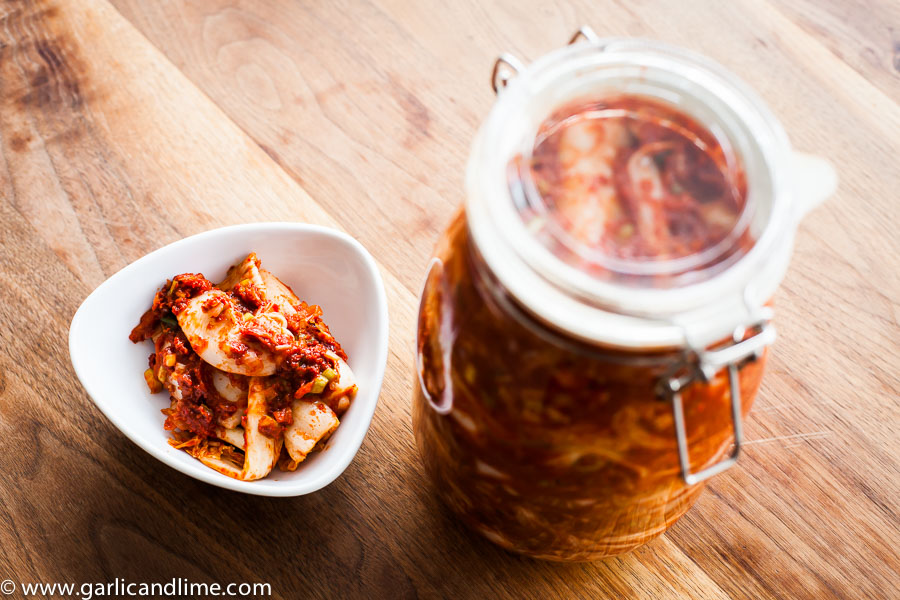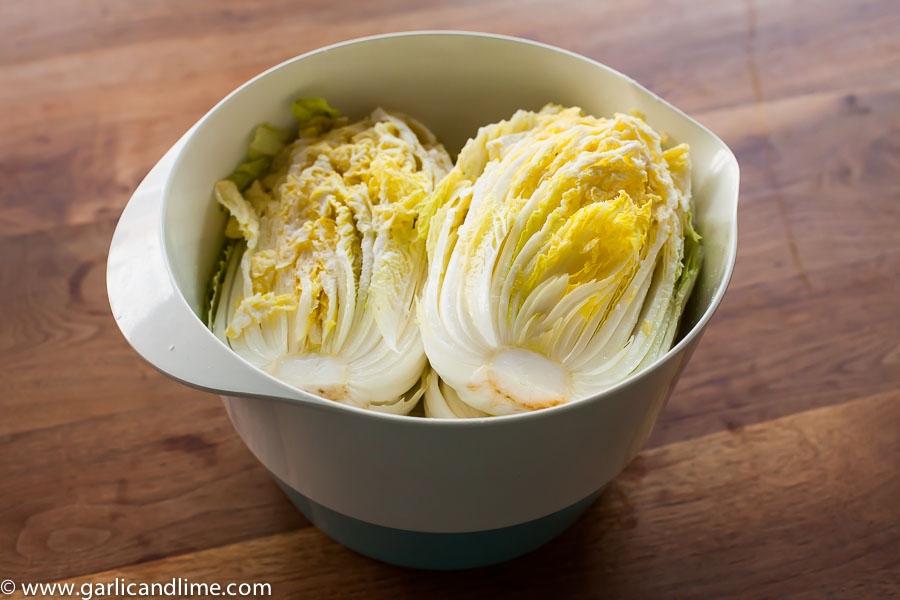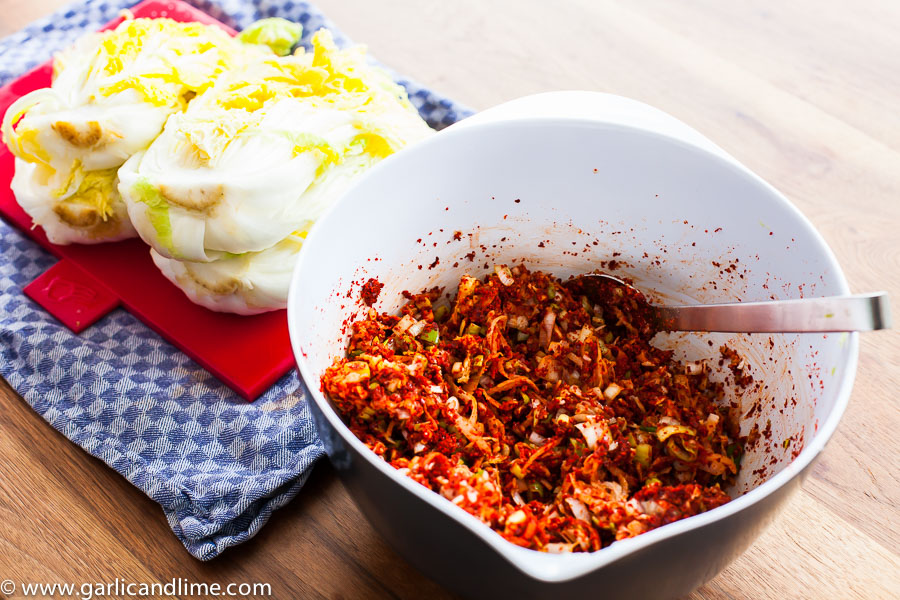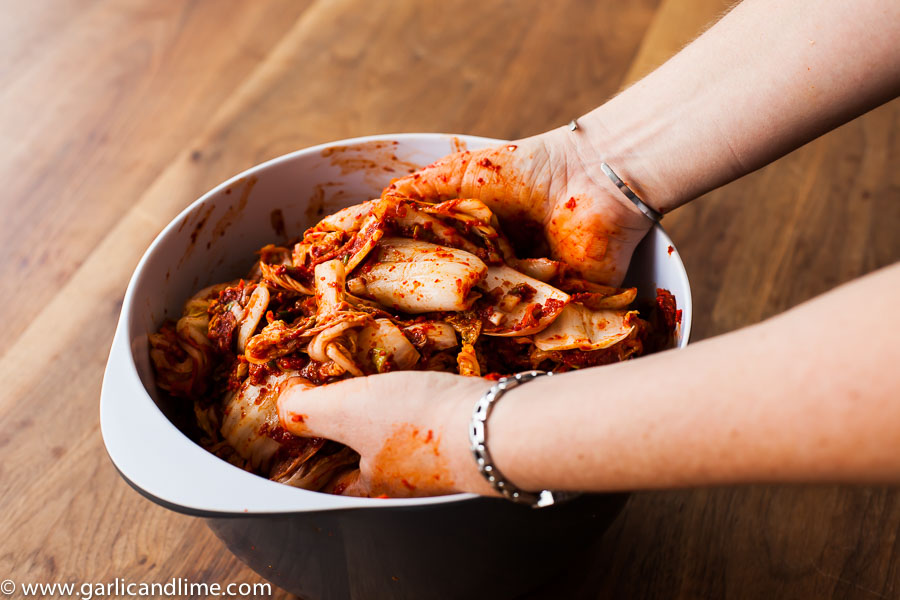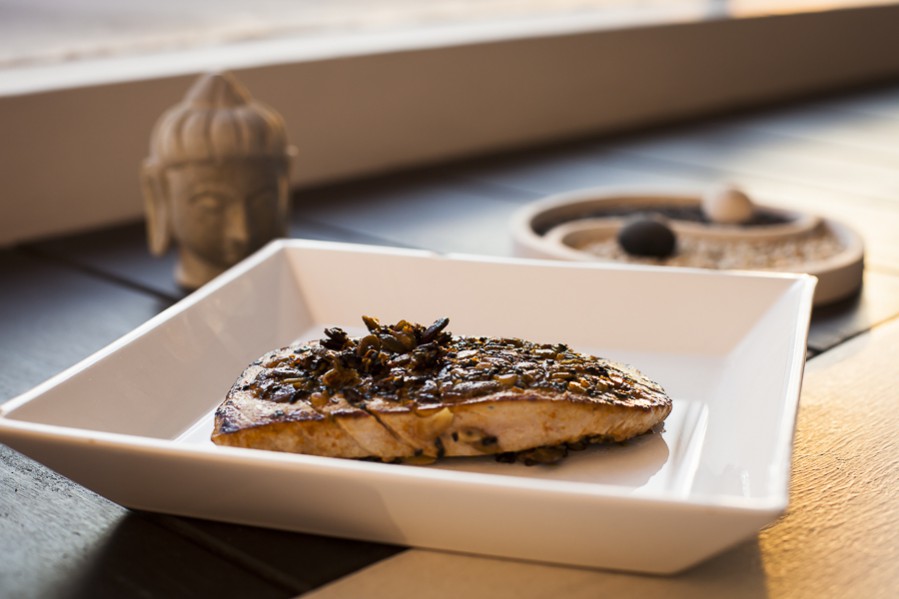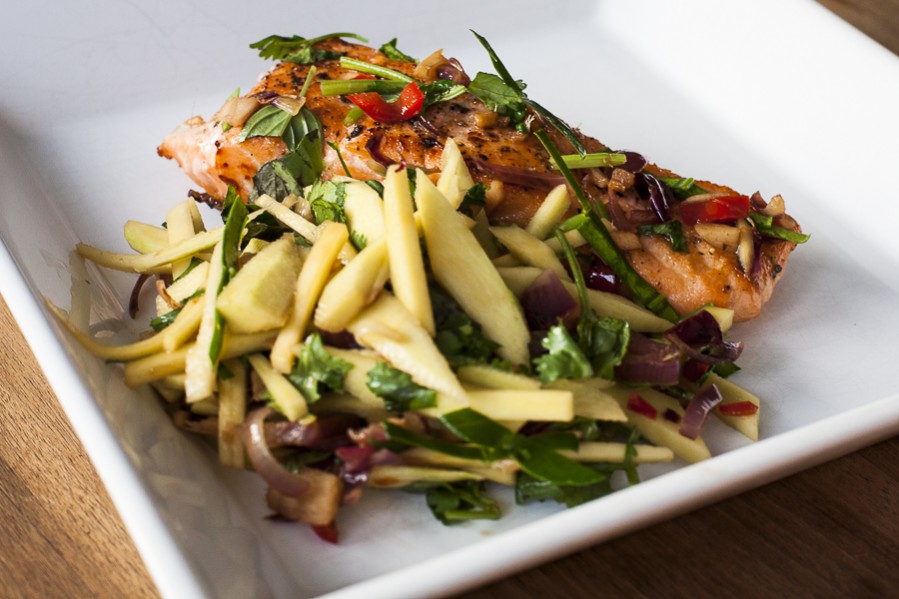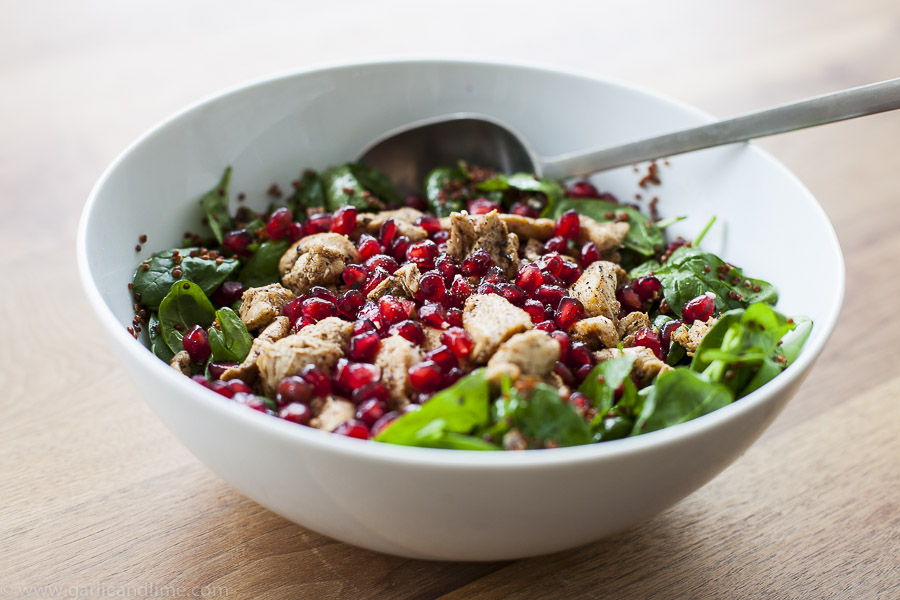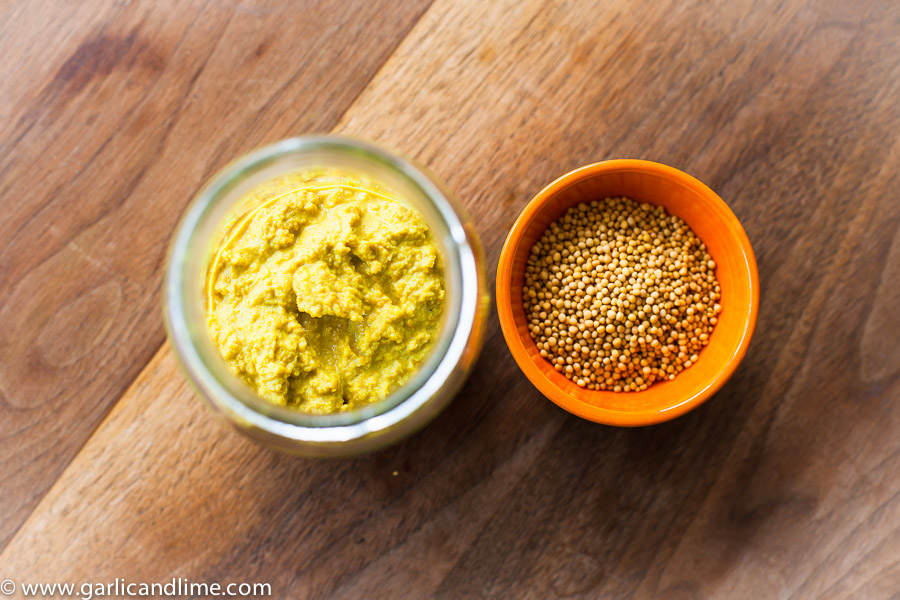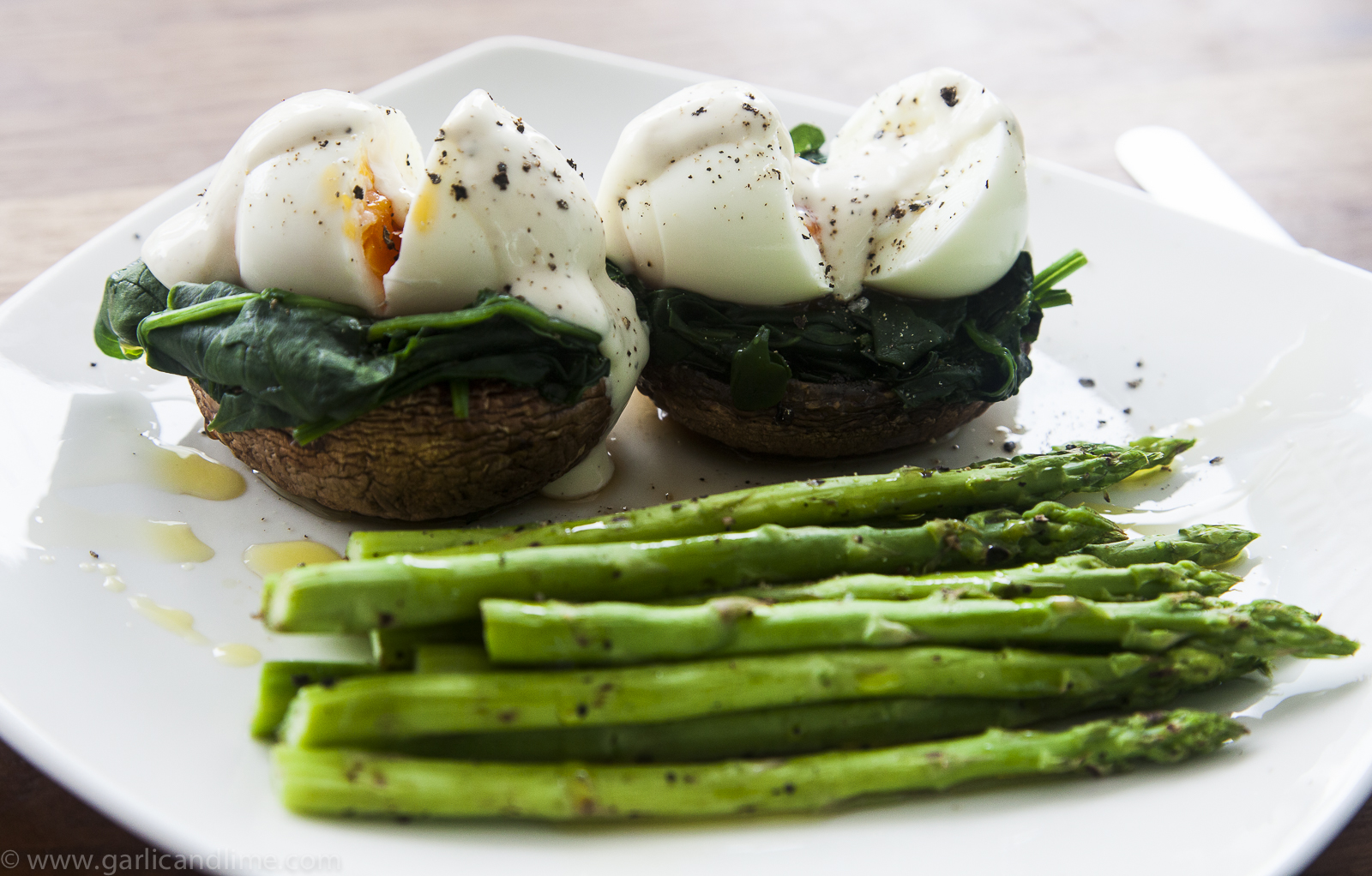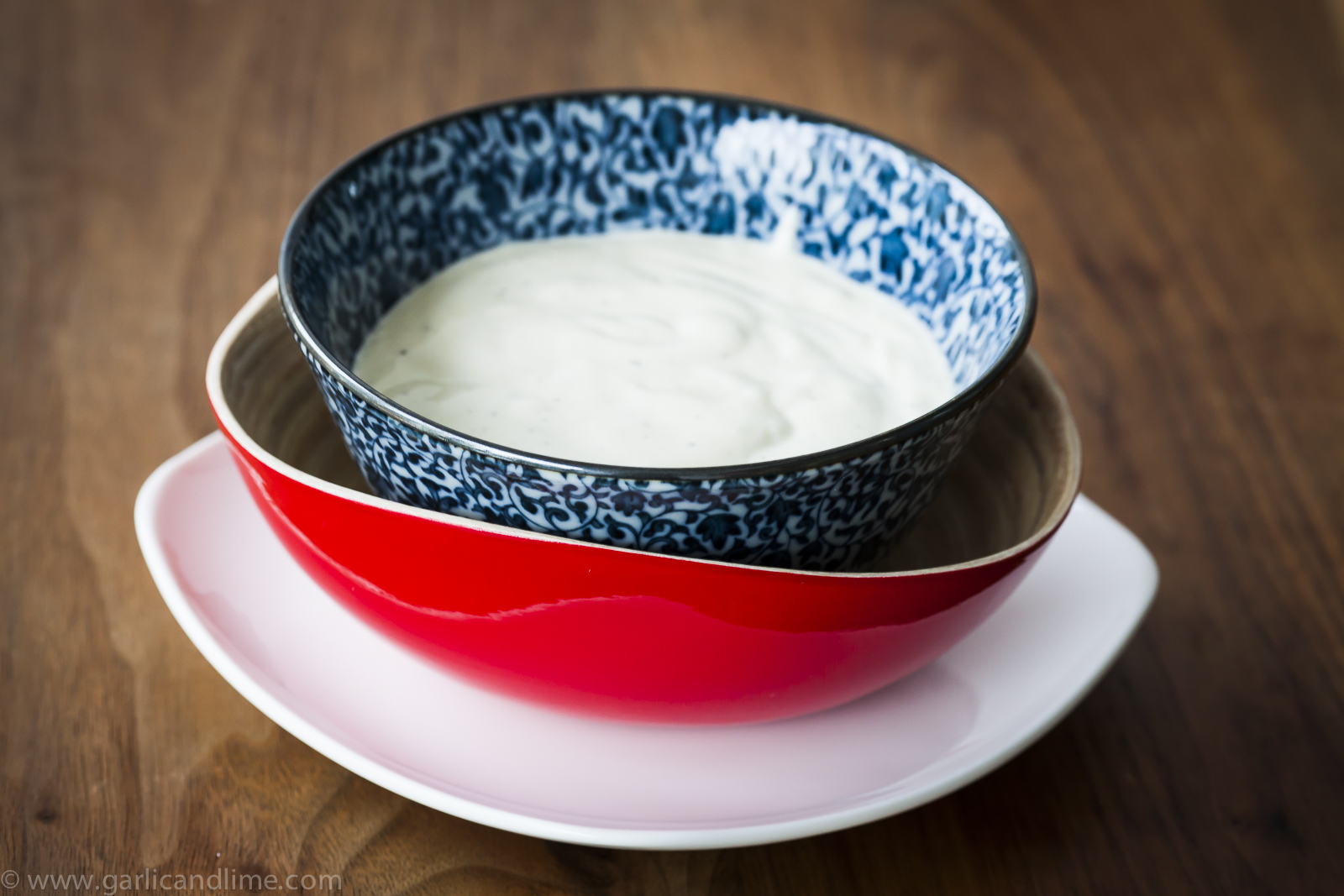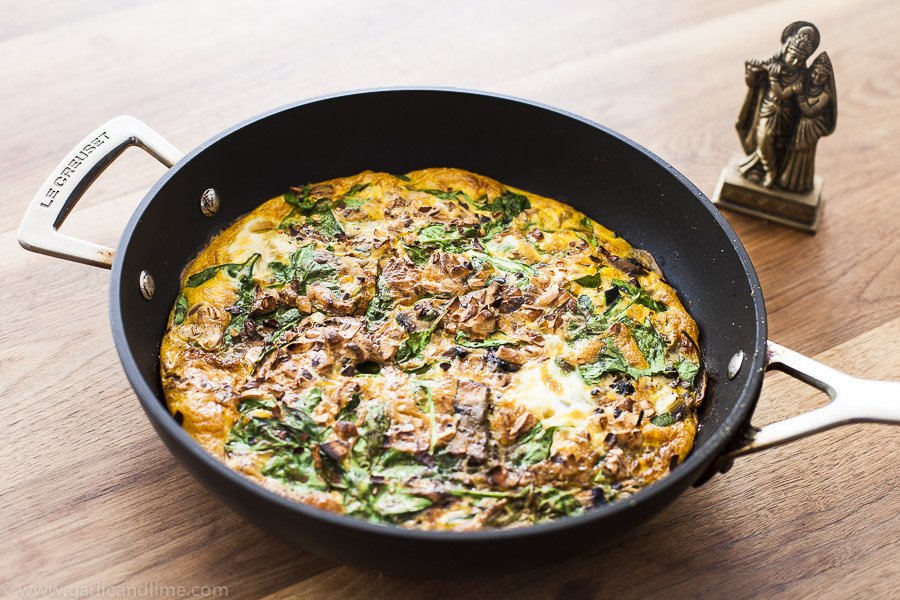 I normally think of an Omelette as something for breakfast, but with the addition of more vegetables it can also be a great light meal or lunch. While this variation uses zucchini and spinach, you can pretty much use any vegetables you like to use up what you have left over in your fridge.
I normally think of an Omelette as something for breakfast, but with the addition of more vegetables it can also be a great light meal or lunch. While this variation uses zucchini and spinach, you can pretty much use any vegetables you like to use up what you have left over in your fridge.
Ingredients
- 4 eggs, beaten
- 100ml coconut milk
- 1 red onion, finely chopped
- 1 garlic clove, finely chopped
- handful of mushrooms, chopped
- handful of cherry tomatoes, chopped
- 1 carrot, finely chopped
- sea salt
- freshly ground black pepper
- 1/2 Tbsp dried Italian herbs (thyme, oregano, mix)
- 1/2 tsp dried oregano
- large pinch of ground paprika
- 150gr baby spinach
- handful of cashew nuts, roasted and chopped
- large pinch of dried chilli flakes
- coconut oil to cook
- Pan that can be placed in the oven (no plastic handle)
Directions
- Heat the oven to 180 degrees Celsius (350 degrees Fahrenheit)
- Beat the eggs and coconut milk together in a bowl and set aside.
- Add all of the chopped vegetables (mushrooms, tomatoes and carrot) to the pan, and fry on a medium heat for a couple of minutes until softened.
- Add salt and pepper, Italian herbs, oregano and paprika and stir well.
- Add the spinach and toss until slightly wilted.
- Sprinkle over the cashew nuts
- Add the egg mixture and sprinkle the chilli powder over the top. Fry until it starts to set.
- Transfer the pan to the oven and bake for 5-10 minutes until the egg is set through. You can check by inserting a fork into the Omelette, it should come out clean when it is cooked through.
- Serve with a simple lettuce salad.
Music to go with it…
Listen on Spotify: Hozier – Take me to Church

